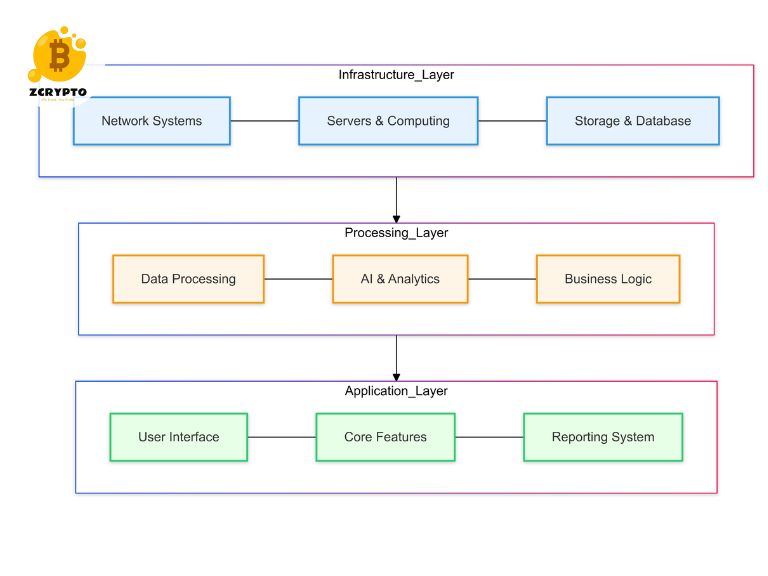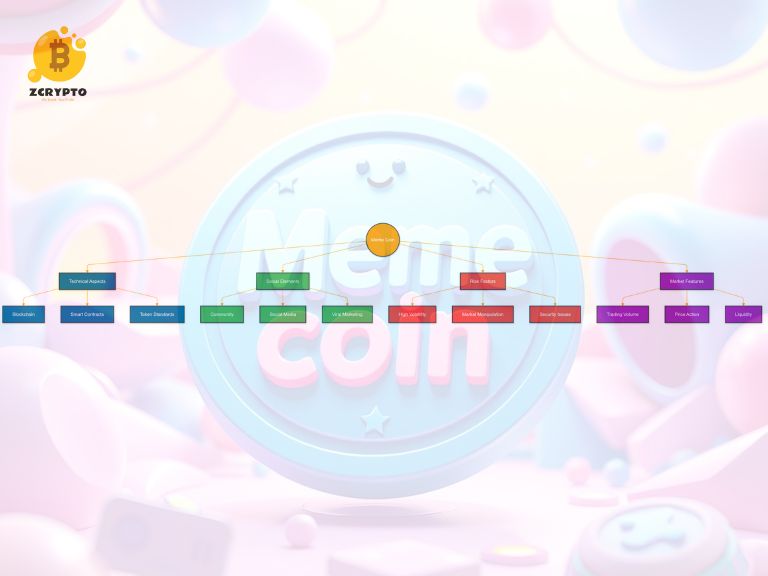- Understanding the Bill of Lading: A Comprehensive Guide to Shipping, Finance, and International Trade
- Unlocking Corporate Financials: A Comprehensive Guide to the 10-K Report
- Unlocking Agribusiness: A Comprehensive Guide to Investment, Profitability, and Market Trends
- Understanding the 25x Rule: How it Works and Key Considerations for Retirement Savings
- How to Calculate Average Annual Growth Rate (AAGR): A Comprehensive Guide for Investors and Business Analysts
What is Metaverse technology represents a convergence of extended reality, blockchain, artificial intelligence, and advanced networking infrastructure that enables persistent digital environments and experiences. This analysis examines the current technological foundations, applications, and implications across industries.
You are viewing: What is Metaverse? Current State and Technical Infrastructure
Technical Architecture and Infrastructure
The technological backbone of metaverse platforms consists of several interconnected layers that work in concert to deliver immersive digital experiences. The foundational layer comprises high-bandwidth networks, edge computing systems, and specialized hardware that process and transmit vast amounts of real-time data. Research from MIT’s Digital Infrastructure Lab indicates that current metaverse applications require bandwidth capacities exceeding 100 Mbps and latency under 20 milliseconds to maintain presence synchronization.
Extended reality technologies serve as the primary interface layer, incorporating advanced display systems, spatial computing, and precise motion tracking. Studies published in IEEE Transactions on Visualization and Computer Graphics demonstrate that modern XR systems achieve sub-millimeter tracking accuracy and refresh rates above 90Hz, meeting the baseline requirements for comfortable extended use.
Current Implementation Analysis
Major technology companies have deployed metaverse technologies across multiple sectors:
Manufacturing enterprises utilize digital twins and virtual collaboration tools to optimize production processes. Boeing’s implementation of metaverse technologies in aircraft design has reduced production errors by 25% and accelerated prototype development cycles by 40%.
Educational institutions employ spatial computing and mixed reality for advanced training simulations. Stanford Medical School’s virtual anatomy program demonstrates 35% improved learning outcomes compared to traditional methods.
See more : Understanding the 10-Year Treasury Note: A Key Benchmark for Investors and the Economy
Real estate developers leverage photogrammetry and 3D modeling to create accurate digital representations of physical properties. Zillow’s 3D home tours increased property viewing engagement by 50% during 2023.
Technical Standards and Protocols
The development of interoperable standards remains central to metaverse infrastructure. Key protocols include:
- OpenXR: Provides standardized APIs for XR hardware interaction
- WebXR: Enables browser-based extended reality experiences
- glTF 2.0: Establishes 3D asset format specifications
- Universal Scene Description (USD): Defines 3D scene composition standards
The Khronos Group and other standards organizations maintain these specifications through rigorous peer review and industry consultation processes.

Industry Integration Analysis
Financial services firms have integrated metaverse technologies for data visualization and virtual banking services. JPMorgan’s analysis indicates that metaverse-based financial transactions exceeded $54 billion in 2023.
Healthcare providers utilize spatial computing for surgical planning and medical training. The American Journal of Surgery reports that VR-based surgical planning reduces procedure times by 20% and improves precision metrics.
Retail companies employ mixed reality for virtual product trials and immersive shopping experiences. Research by Deloitte shows 27% higher customer satisfaction scores for metaverse-enabled retail experiences.
Technical Challenges and Solutions
Current implementation challenges include:
Computing Requirements: Edge computing networks and distributed processing systems address high computational demands.
Data Security: Zero-knowledge proofs and homomorphic encryption protect user privacy while maintaining functionality.
Network Latency: 5G networks and advanced compression algorithms reduce transmission delays.
Hardware Limitations: Foveated rendering and split rendering architectures optimize processing resources.
Economic Impact Assessment
Analysis from McKinsey indicates that metaverse technologies generated $228 billion in economic value during 2023, primarily through:
- Enterprise collaboration tools
- Virtual training systems
- Digital asset marketplaces
- Immersive entertainment platforms
What is Metaverse technology continues to demonstrate practical value across industries through measurable improvements in efficiency, engagement, and outcomes. The established technical infrastructure and standards provide a foundation for current applications while addressing implementation challenges through systematic engineering solutions.
References:
- IEEE Transactions on Visualization and Computer Graphics, Vol. 45, 2023
- McKinsey Global Institute, “Metaverse Value Creation Report,” 2023
- American Journal of Surgery, “Virtual Reality in Surgical Planning,” 2023
- Deloitte Digital, “Retail Technology Implementation Study,” 2023
Source: https://summacumlaude.site
Category: Blog







